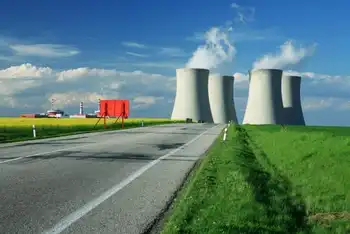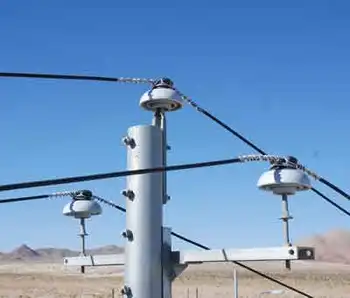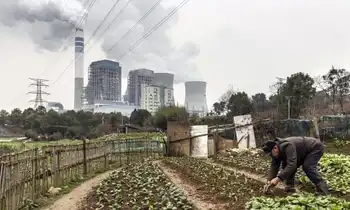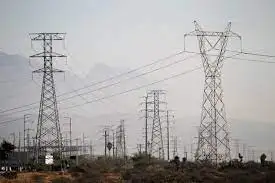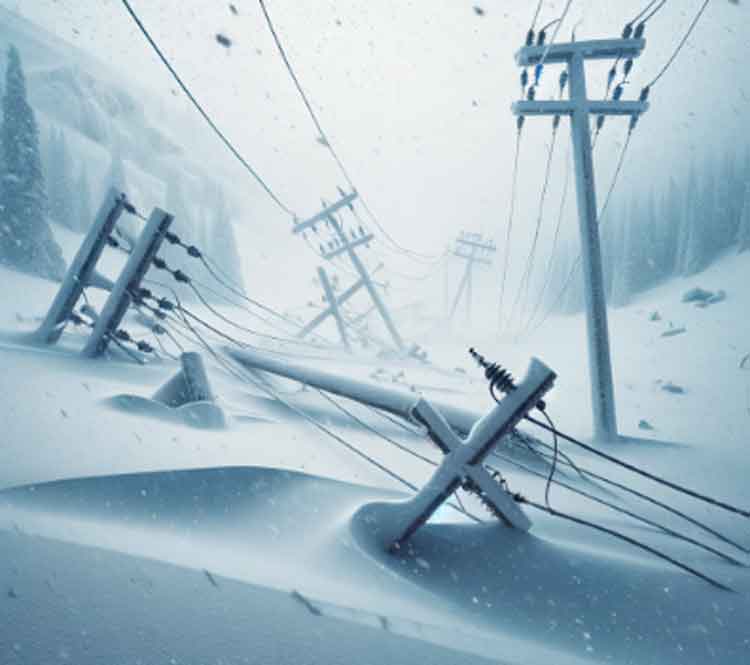Is Ontario ready for a meltdown?
By Toronto Star
CSA Z463 Electrical Maintenance -
Our customized live online or in‑person group training can be delivered to your staff at your location.

- Live Online
- 6 hours Instructor-led
- Group Training Available
It's easy for nuclear regulators and operators in this country to grow complacent and start believing their own arrogant assurances that it could never happen here — that our technology is superior and our standards are higher. And if it did happen, they say, we know how to deal with it.
The Japanese said that, too.
I remember an interview I did in late 2009 with Linda Keen, the former head of the Canadian Nuclear Regulatory Commission, who was fired by the federal Conservative government for doing her job.
During our chat, Keen expressed concern about the growing population densities around the Pickering and Darlington nuclear generation stations. Prior to her departure from the commission, she asked her staff to study the population densities and evacuation “buffer zones” around nuclear plants in other G8 countries and compare them to the situation in Ontario.
As populations grow around these plants, can we be assured that in 10, 20, or 50 years we can evacuate the areas in the unlikely event of a major accident? If evacuation is necessary, what happens after that? How are people fed? When can they return home?
There's still no indication the federal regulator ever did the kind of thorough international comparison that Keen envisioned — I was told at the time it was delayed because of “competing priorities”— yet the province continues to forge ahead with plans to refurbish or extend the lives of decades-old reactors, and build new ones.
“I still believe evacuation planning is one of the most unplanned things,” Keen lamented.
After much pressure, the federal nuclear regulator did finally say it will conduct a review of emergency preparedness in Canada's nuclear industry.
But don't worry, it will never happen here. We're better than the Japanese.
China exhibits similar hubris, and this is even more troubling. It's true that China is aggressively embracing renewable energy, energy efficiency and even considering carbon taxes and cap-and-trade mechanisms under its recently approved five-year plan.
Already a world leader in wind development, China plans to more than triple its wind-energy capacity to 150,000 megawatts by 2020. It also plans to increase solar power capacity more than 20-fold to 20,000 megawatts over the same timeframe.
But to achieve its larger objective — to have 15 per cent of its primary energy capacity coming from non-fossil fuels by 2020 — the country will have to rely heavily on building new hydroelectric and nuclear power capacity.
By 2015 China wants to quadruple the amount of power its gets from nuclear generation, and then double that amount again by 2020. It has 13 plants in operation. It will have to switch on roughly three new reactors annually over the next nine years to reach its 2020 target.
Why is this concerning? Partly because many regions of China, like Japan, are on fault lines and are similarly vulnerable to large earthquakes. Many of the nuclear plants China has or intends to build are along the ocean coastline, because the facilities need access to ocean water for cooling the reactors. This means they're also vulnerable to tsunamis.
Asked about this risk, an official with state-owned nuclear developer China National Nuclear Corp. was dismissive in a statement published in the Wall Street Journal. “There is a higher standard in China than the world's average,” he said.
Here's the thing: Japan also has a higher standard than the world average — likely higher than China, as well as Canada. Also, no country in the world is better tuned into the risks of operating nuclear plants in earthquake zones, or better prepared to handle emergencies, than Japan.
In fact, the World Nuclear Association has an entire section on its website devoted to the issue of earthquakes and nuclear power plants, most of it praising Japan for having some of the most “stringent” standards on the globe.
Interestingly, it points to a magnitude 7.3 earthquake in 2000 in an area of Japan where “no geological fault was known,” an event that prompted authorities there to review the industry's seismic guidelines. Can we say for certain that the geology in Ontario is as stable as we think?
All any country can do is attempt to anticipate and minimize the risks. Every nuclear plant has multiple layers of backup systems. All are built on solid rock beds. All are designed to shut down automatically when there's an extreme earth shake. The Japanese knew this better than anyone.
Nuclear power, at its core, is actually quite inexpensive for what you get from it.
What makes nuclear uneconomic is all the safety and security measures that are essential for minimizing the risk of catastrophic failure, whether caused by human error, outside attack or natural disaster.
Yet here we are, watching in suspense as this island country, the world's third-largest economy, fights to prevent a full nuclear meltdown and widespread public exposure to dangerous levels of radiation.
People win lotteries. Lightning can strike the same place twice. And nuclear reactors, despite our best efforts, can fail catastrophically. It might never happen in Ontario or China, at least not in our lifetimes.
But if in the extremely unlikely event it does, are we prepared to accept the consequences? Do we understand what they truly are?





